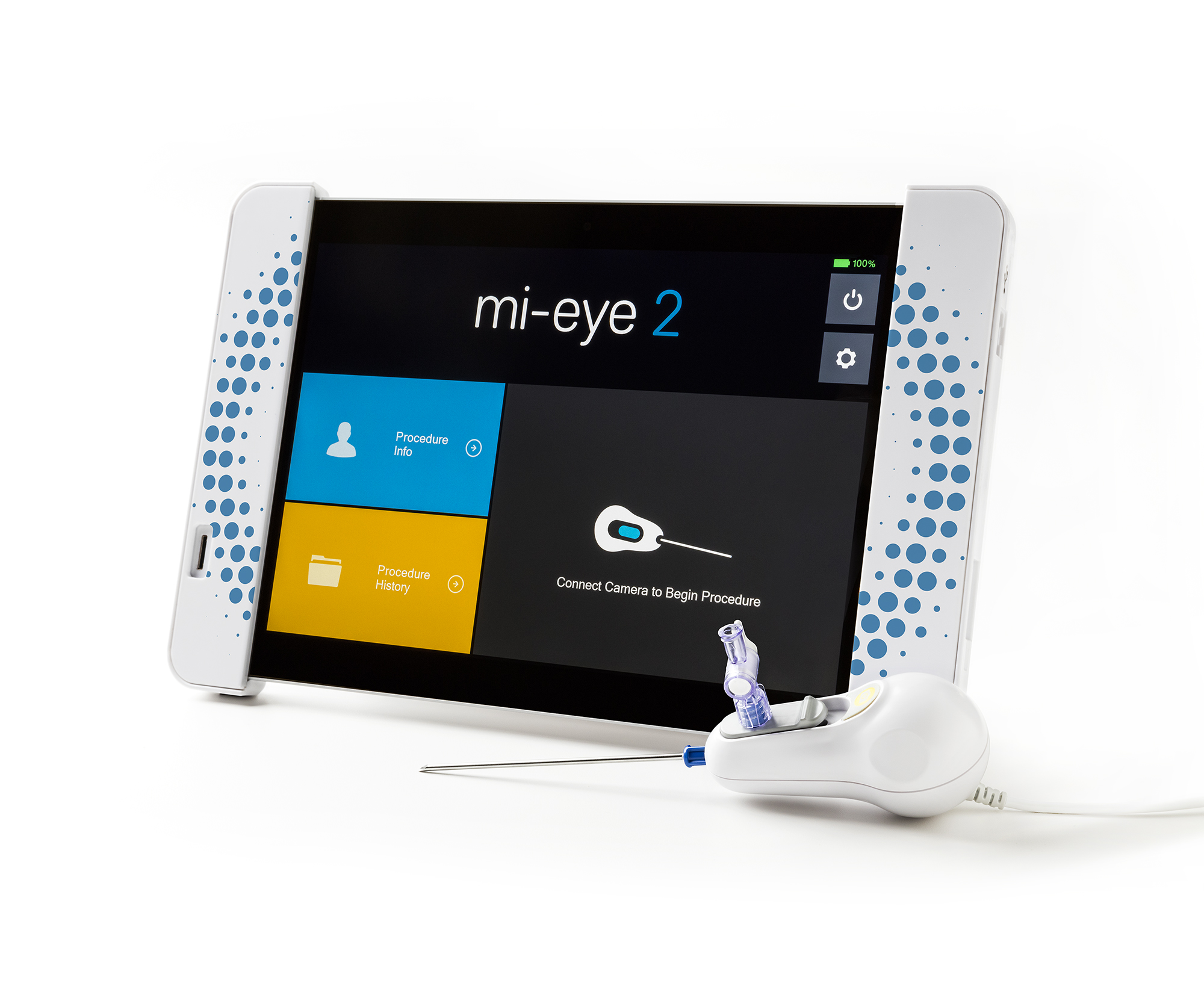 This is the eighth in a series of 6-Question interviews with the leaders who are challenging conventional thinking in Orthopedics (other interviews here).
This is the eighth in a series of 6-Question interviews with the leaders who are challenging conventional thinking in Orthopedics (other interviews here).
I first heard of Trice Medical back in 2013. I was intrigued. Since their humble beginnings, they have completed the needed funding and clinical trials, upgraded the product and built a management team and sales force. Amazing! Trice has really started to make big disruptive waves in the diagnostics area. I recently listed Trice as a “Hot Startup to Watch”
I sat down with Jeff O’Donnell, CEO at Trice Medical to better understand their story.
1. How was Trice founded? Take us back to the start of the company and the inception of the idea.
Trice was founded in 2012. The goal was to perfect the in office diagnostic arthroscopy procedure. We asked the question: What if a patient could avoid an MRI and the multiple steps along the path towards recovery? Many patients present an obvious problem, where the doctor has a strong hunch about what is wrong. If the doctor could take a peek inside the joint at the first office visit the patient could avoid the costly MRI and the many steps towards recovery.
We took a 2.2mm needle and placed a video system inside of it, comparable to what would be found in an Arthroscopy tower. That system connects to a Microsoft office tablet, from which we run proprietary software. The doctor is then able to numb up the knee or shoulder, take a look inside with a camera with wide angle high definition imaging, and diagnose the problem. That approach is a winner for the patient. The doctor is happy because he diagnoses the problem early and can operate or send to Physical Therapy quickly. The insurance company loves the speed and cost savings over the course of the injury.
Medical devices create better outcomes for patients. They must be profitable for doctors to use and provide value to the insurance companies. All parties win with the mi-eye option.
2. What is your funding strategy?
To date the Company has raised $41 million in equity financing. We have three principal venture capital investors – BioStar Ventures, Safeguard Scientifics and Healthquest Capital. Smith and Nephew has also invested in this most recent round of financing. The initial capital was used to develop and improve the mi-eye technology, obtain FDA clearance, fund out initial post-market clinical study, and hire an experienced management team. The Company recently closed a series C financing to commercialize the mi-eye technology in the U.S., with a national launch just initiated.
3. How does mi-eye 2™ work?
The mi-eye 2™ is a 2.2mm needle that percutaneously enters the joint space, similar to the way an injection would enter the space. The joint is numbed prior to the procedure using a local anesthesia, like Lidocaine. Once inside the joint space, the 2.2mm needle retracts to expose the mi-eye 2™ camera and light source. Once retracted, the needle is then blunted by the camera. The surgeon can then perform a diagnostic arthroscopy exam and diagnose any pathology in the intra-articular space. There is a 19-gauge lumen that the surgeon may use to inject or aspirate fluid during the procedure. The Trice Tablet, which operates the mi-eye 2, has the ability to record video and still images for documentation purposes. At the conclusion of the procedure, the entirety of the mi-eye 2™ is thrown into the sharps container…eliminating any need for re-sterilization in the clinical setting.
4. How is the mi-eye 2™ marketed and where are you selling today?
The mi-eye 2 is marketed directly to orthopedic surgeons as a tool to be used in lieu of an MRI for the visualization of intra-articular pathology. The mi-eye 2 is being marketed nationwide, with OUS plans for late 2017. Trice has 19 direct sales representatives and clinical specialists, as well as multiple distribution partners.
5. Other than the MRI manufacturers, who is your real competition?
There is really no active competitor in this space today. In-office diagnostic arthroscopy has been tried before; there were a few companies that attempted to scale down the traditional OR Arthroscopy tower to fit into the clinical model. Unfortunately, the technology at the time wasn’t quite right for the clinical setting. Trice has a little bit of work to do to change the impressions that those attempts left on the market. Additionally, this is new technology and any time you introduce new technology you are changing physician behavior. Most, if not all, of the orthopedic surgeons today have been writing MRI scripts for their patients for as long as they have been practicing medicine. Behavior modification and integration into a busy practice are real challenges to meet.
6. What does your crystal ball say about applications in the future for Trice?
The future for Trice is to expand the platform and provide the same fast, accurate diagnostic capabilities in neuro surgery, ENT, GYN and other specialties. We will also be able to perform simple procedures in the office. There is no need to have an easy procedure done in an expensive hospital setting. Our products come sterile and are single use disposable cameras. The risk of infection is as low as it is with a hypodermic needle. The future is better, faster, less expensive healthcare.
Trice will succeed and its product will be the standard of care in the office setting. It’s fast for the physician to use and easy for patients. It’s also profitable and satisfying for doctors, and less expensive with better accuracy for the insurance provider.
For more information, you can contact Trice Medical at:
610.989.8080